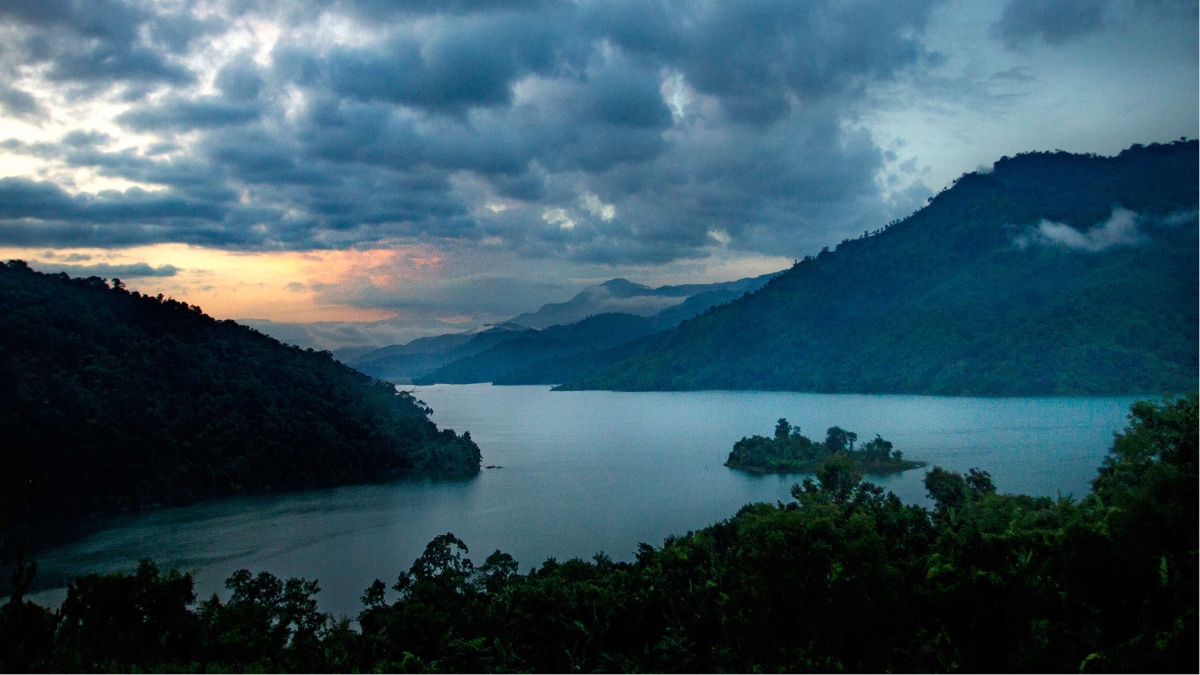CHANDIGARH: At a time when farmers are protesting against the new farm laws for months now, there is another possible threat to the agriculture sector which could prove fatal. The country’s northern region has 8 hydro-reservoirs of national importance. These are in Himachal Pradesh, Punjab and Rajasthan. These reservoirs are used in catering many things in north region vis-a-vis the agriculture sector, electric generation and many more. As per the GoI Central Water Commission’s latest ‘Live Status’ on 24 June 2021, the total capacity of these 8 reservoirs has been reduced to 19 percent of the total live storage capacity.


Himachal Pradesh has 3 reservoirs namely, Gobind Sagar (Bhakra), Pong Dam (Beas), Kol Dam. Punjab has 1 reservoir, Thein Dam. Rajasthan, similarly, has 4 reservoirs namely, Mahi Bajaj Sagar, Jhakam, Rana Pratap Sagar, and Bilaspur. As per the Latest Live Storage Review report by CWC, these 8 reservoirs with a total capacity of 19.17 Billion Cubic Meter (BCM) have reduced to the capacity of 3.71 BCM.
As per the report, the storage during the corresponding period of last year was 38% and the average storage of the last ten years during the corresponding period was 32% of the live storage capacity of these reservoirs. Thus, storage during the current year is less than the corresponding period of last year and is also less than the average storage of the last ten years during the corresponding period.
Central Water Commission is monitoring the live storage status of 130 reservoirs of the country. The total live storage capacity of these 130 reservoirs is 174.233 BCM which is about 67.58% of the live storage capacity of 257.812 BCM which is estimated to have been created in the country.
“Govt of India’s Central Water Commission is quite a vigil in monitoring the Country’s reservoirs and whenever the reservoir level is going abnormally below the average low status then the State is alerted to use the water judiciously. In Himachal Pradesh, there are many reasons behind why the level is going down and one of the reasons is the low rate of Rain or Monsoon. It’s a regular exercise for the commission to check out all reservoirs,” says Bhupesh Kumar, Superintendent Engineer (Co-ordinating), Indus Basin, CWC, Chandigarh.









